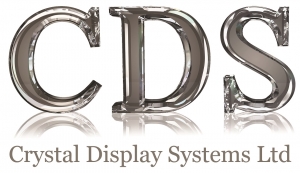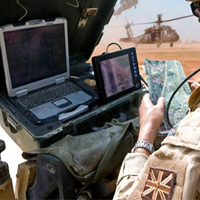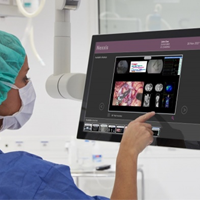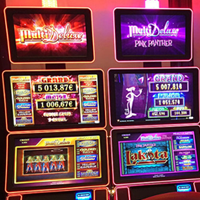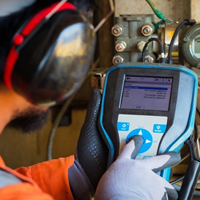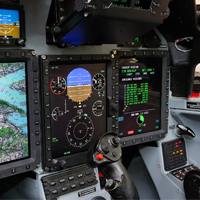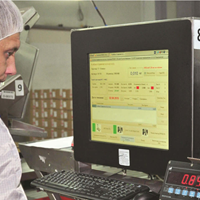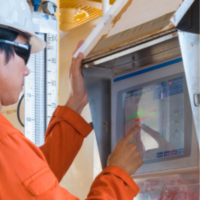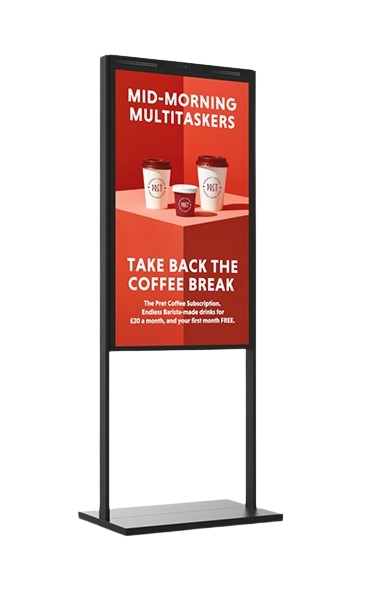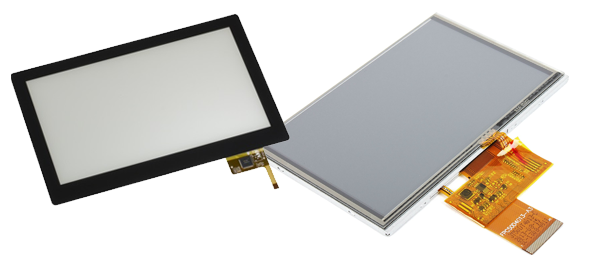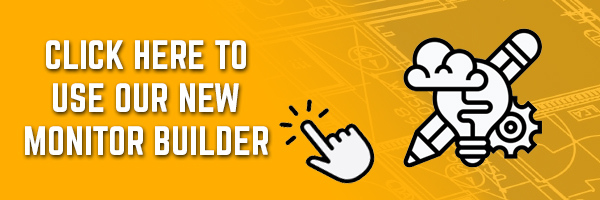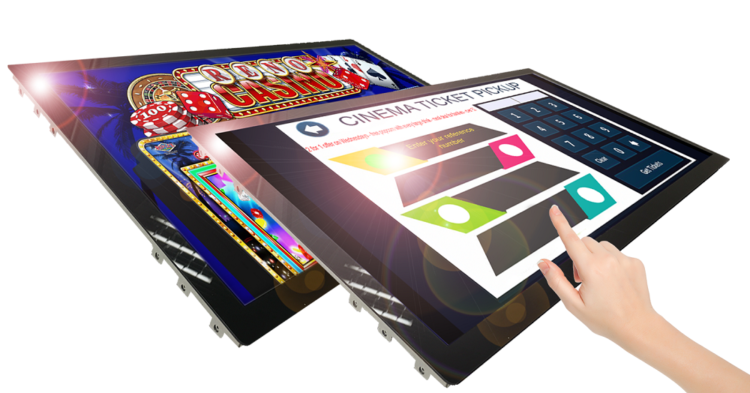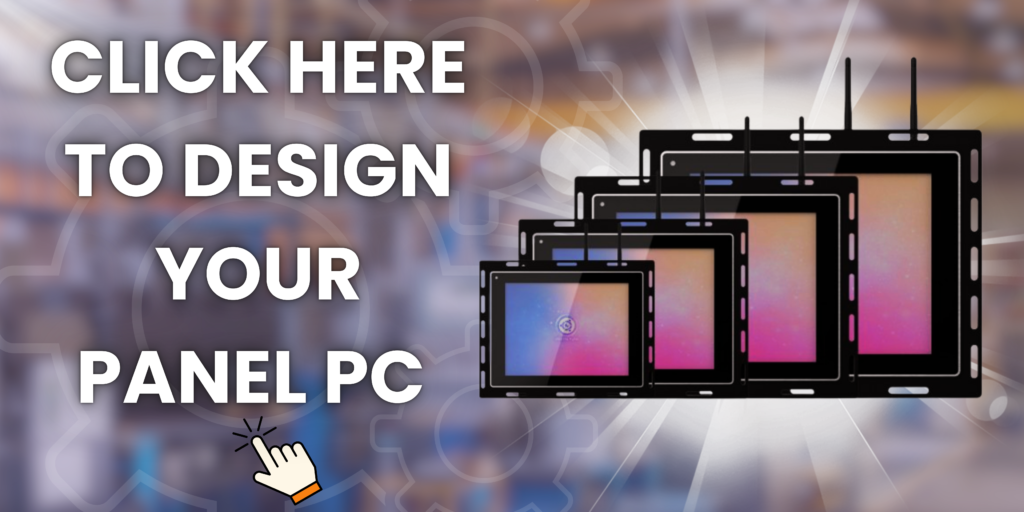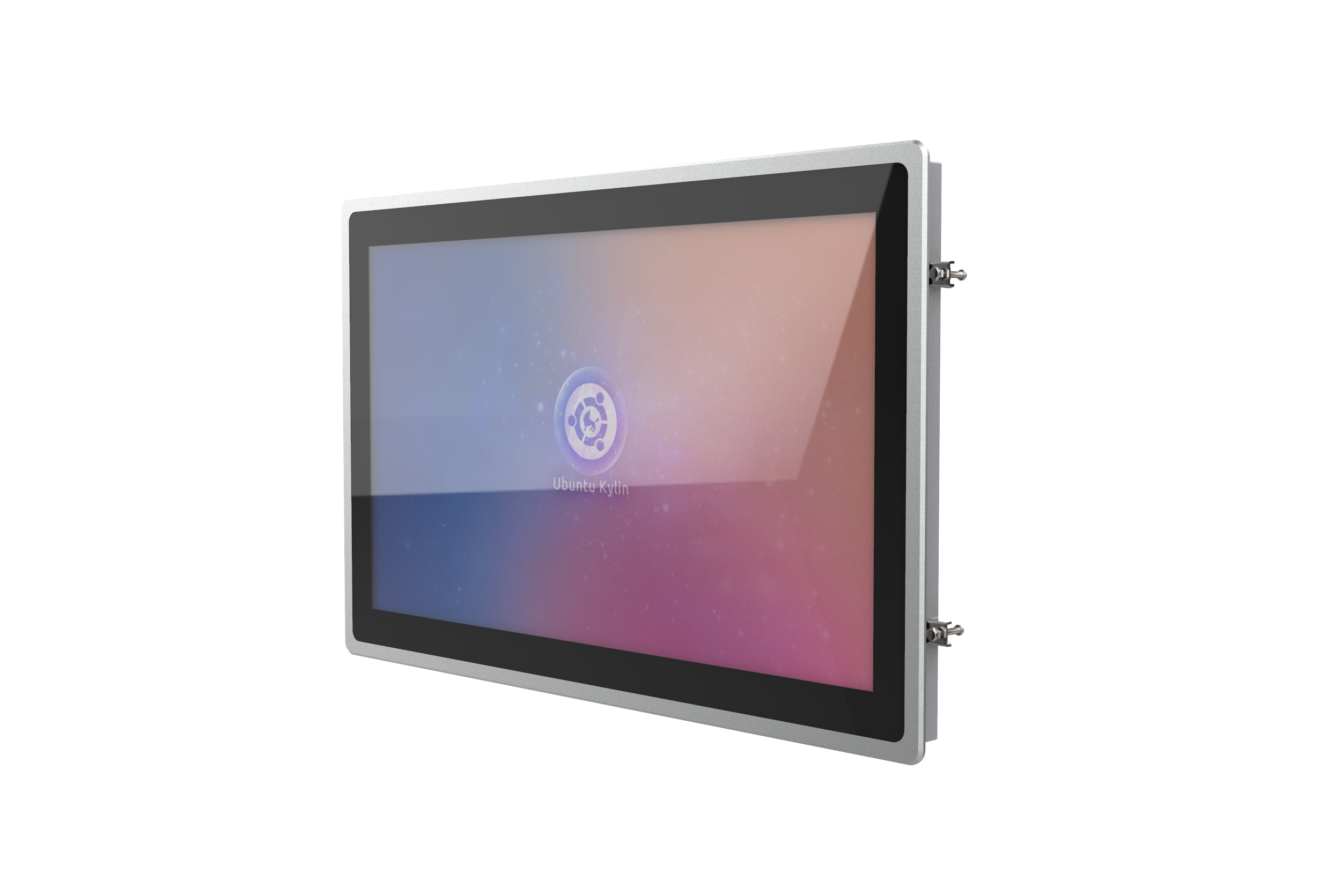Modern digital signage players support three ways of transporting files from here to there and back again.
Transport, transfer, conveyance, movement –that is, getting from here to there and back with the “stuff” of digital signage may seem a bit mundane to those who are knee-deep in the digital signage deluge. But to many, it’s probably never been given a second thought.
This column is devoted to the topics of moving digital signage “stuff,” what that “stuff” is and how to do it. If you’re a digital signage veteran, you might want to move on; but if you just recently discovered digital signage and are new to the party, read on. You’re bound to find something useful.
So, what is the “stuff” of digital signage? A few things come to mind, including the playlist –in other words the sequence of all events that will be played out and displayed on the sign as well as commands that trigger a device that’s external to the digital signage player, such as a monitor, to do something – a master schedule that can include multiple playlists and the actual media files, including video, audio, text, graphics and animation, required for playout.
Transporting this material can be accomplished in three basic ways: first, via IP over the public Internet; second, via IP over a local area or wide area network; and third via a portable digital storage device, such as a USB drive or SD memory card, and the use of your Keds, which otherwise is known as “sneakernet.” There are more advanced methods of transport include cellular and IP multicasting via satellite links, but these methods are not very common and are outside the scope of this article.
Clearly, different digital signage applications require different approaches to the transport of media, schedules and playlists. A retail store, for example, with a basic installation of one or two digital signage players is a perfect candidate for the sneakernet approach. It’s quick, convenient and removes a layer of complexity that would be required otherwise if a LAN/WAN or Internet transfer were employed.
A bigger installation, such as a large hotel with convention and meeting facilities scattered throughout the complex, would be better served using IP transport via a LAN or WAN. No one must carry a USB drive from player to player because schedules, playlists and media files are easily transported to individual players or groups of players on the network. Each player is assigned its own IP address in this scenario and can be pinged from a central computer on the network to determine that it is functioning. Existing content and control files can be inspected, and new schedules, playlists and content transferred with a simple mouse click.
Digital signage applications that are larger still –say statewide, national or international in scope- are candidates for transport via the public Internet. With the proper security measures in place, the Internet offers a highly efficient way to transport digital signage “stuff” around the globe.
There is another important part of this transfer story that must not be ignored. Digital signage playback can require a tremendous number of files that must be organized and stored so they can be easily retrieved by the player when needed. Whether files are transferred via a USB storage device or an Ethernet connection, the right version of the file better end up in the right folder. Otherwise, the playlist won’t find the media needed for playback.
Add to this the complexity introduced when multiple people build content and playlists for a sign or groups of signs, and the need for software that tracks versions of media files, manages permissions for who is authorized to make changes and maintains consistency in file structure and placement between the player and content workstations becomes all the more important.
For more info on networked digital signage systems, please visit: https://crystal-display.com/digital-signage/networked-systems/
